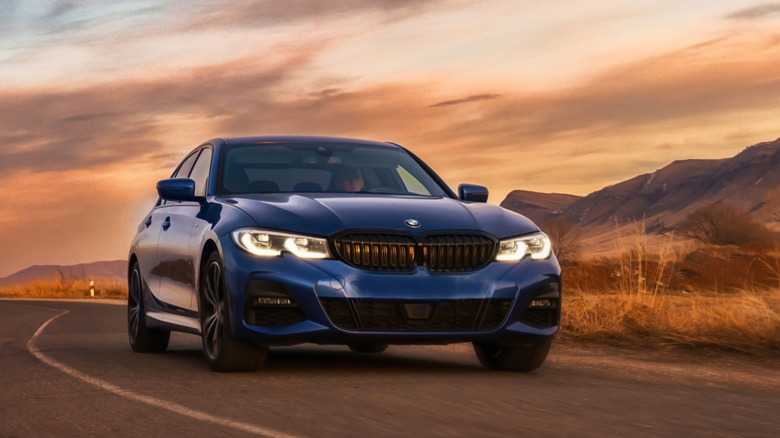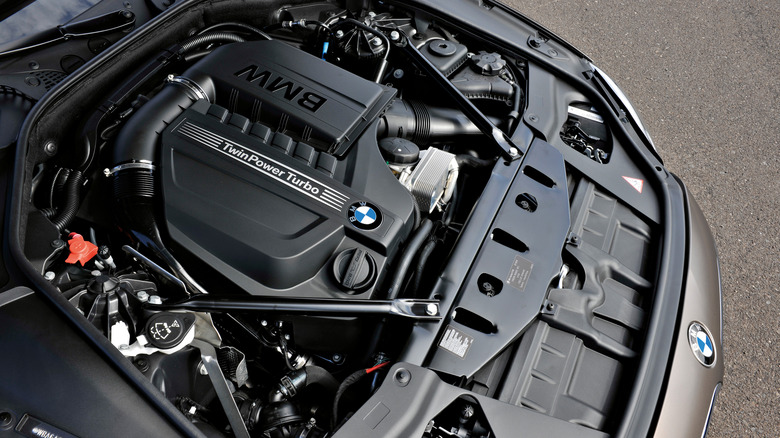Why Are BMW Engines Slanted?
BMW is a manufacturer famous for a wide variety of reasons: its contemporary luxury designs, racing prowess, and storied history, to name a few. One of its most distinctive elements across all of these, though, is its use of the iconic tilted inline engine. This distinctive design is present throughout many of BMW's most famous models, usually in a straight-six configuration. Many sports cars outside BMW have also featured this template since the 1950s, such as rival Mercedes' 300SL Gullwing with its heavily tilted six.
As for the main reason why, many straight-six engines are too tall when stood upright for passenger cars with low hood lines. The rise of the V8 necessitated that engine bays grew wider and lower, meaning a vertically mounted straight-six was no longer viable for a car with multiple engine options. Consequently, various marques experimented with different engine layouts. The inline, meanwhile, often represented the "economical" option throughout the 1950s and 1960s, with vehicles like base-model Chryslers using the famous slant-six layout. But fitting these engines into bays designed for V8s required creative use of space, hence tilting the engine to avoid obstructing the hood.
This slant has remained common across most of BMW's inline engine range for decades, with common variations ranging between roughly 20 to 30 degrees. And BMW applied this to more than just their sixes, with vehicles like the E30 M3 and classic 2002's engines also tilted at a substantial angle favoring the right side. But aside from lowering the hood line, what other factors go into designing such a configuration? Are there any drawbacks associated with it?
The pros and cons of BMW's slanted engine configuration
One large bonus relates to physics and is why the Subaru boxer engine is so prevalent: a lower engine means a lower center of mass. Inline-configuration engines are tall, and the working parts run higher than V-configuration powerplants, therefore their center of mass is relatively higher. A slanted engine, on the other hand, is essentially one half of a V-equivalent, and thus has a slightly lower center of mass.
Another quirk, depending on what needs doing, is ease of maintenance. An M50's intake, for example, rests at a 20-degree angle on top of the engine, well out of the way of obstructions and affording a prominent position for airflow. Conversely, accessories found on the right side of the car may be obscured by the block itself, making maintenance a huge hassle.
Slanted straight-six engines in particular also share the common trait of perfect primary and secondary balance. So, despite the inherent weight imbalance of being canted at an angle, there's minimal internal vibration, making for an exceptionally smooth engine layout no matter what angle it is.
Though documentation coming straight from BMW is scant regarding such a layout, the practical purpose it serves of lowering the hood level remains consistent to this day. A modern BMW's engine bay is jam-packed with accessories and other components including forced induction, meaning fitting a vertical straight-six is simply not possible while retaining the current hood line.

